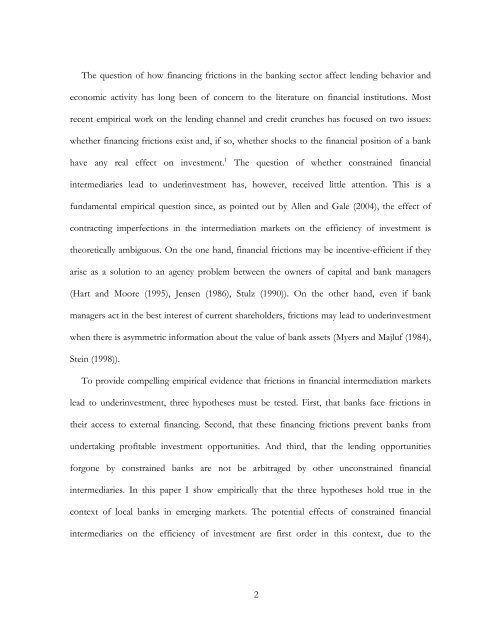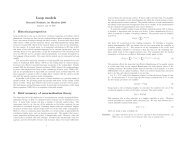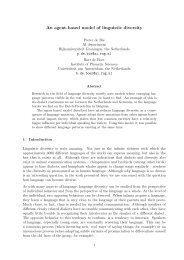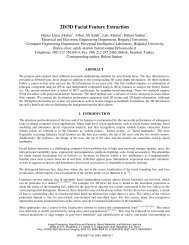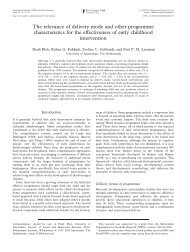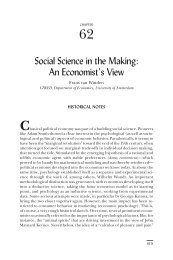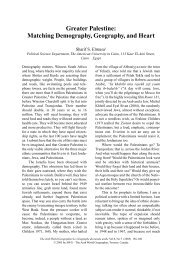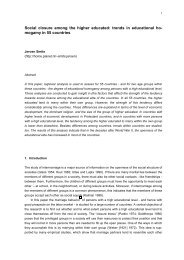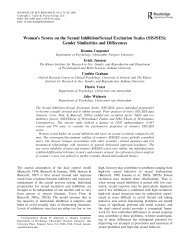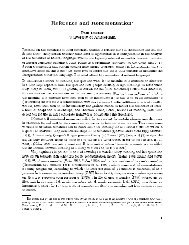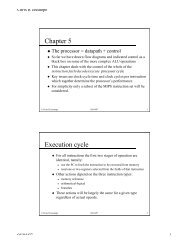Local Bank Financial Constraints and Firm Access to External Finance
Local Bank Financial Constraints and Firm Access to External Finance
Local Bank Financial Constraints and Firm Access to External Finance
Create successful ePaper yourself
Turn your PDF publications into a flip-book with our unique Google optimized e-Paper software.
The question of how financing frictions in the banking sec<strong>to</strong>r affect lending behavior <strong>and</strong>economic activity has long been of concern <strong>to</strong> the literature on financial institutions. Mostrecent empirical work on the lending channel <strong>and</strong> credit crunches has focused on two issues:whether financing frictions exist <strong>and</strong>, if so, whether shocks <strong>to</strong> the financial position of a bankhave any real effect on investment. 1The question of whether constrained financialintermediaries lead <strong>to</strong> underinvestment has, however, received little attention. This is afundamental empirical question since, as pointed out by Allen <strong>and</strong> Gale (2004), the effect ofcontracting imperfections in the intermediation markets on the efficiency of investment istheoretically ambiguous. On the one h<strong>and</strong>, financial frictions may be incentive-efficient if theyarise as a solution <strong>to</strong> an agency problem between the owners of capital <strong>and</strong> bank managers(Hart <strong>and</strong> Moore (1995), Jensen (1986), Stulz (1990)). On the other h<strong>and</strong>, even if bankmanagers act in the best interest of current shareholders, frictions may lead <strong>to</strong> underinvestmentwhen there is asymmetric information about the value of bank assets (Myers <strong>and</strong> Majluf (1984),Stein (1998)).To provide compelling empirical evidence that frictions in financial intermediation marketslead <strong>to</strong> underinvestment, three hypotheses must be tested. First, that banks face frictions intheir access <strong>to</strong> external financing. Second, that these financing frictions prevent banks fromundertaking profitable investment opportunities. And third, that the lending opportunitiesforgone by constrained banks are not be arbitraged by other unconstrained financialintermediaries. In this paper I show empirically that the three hypotheses hold true in thecontext of local banks in emerging markets. The potential effects of constrained financialintermediaries on the efficiency of investment are first order in this context, due <strong>to</strong> the2


